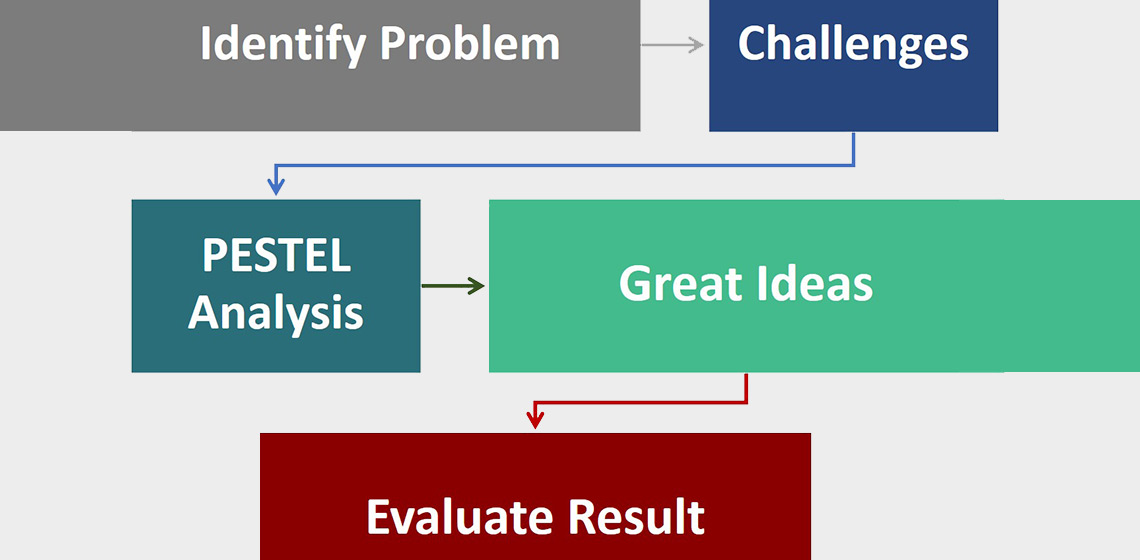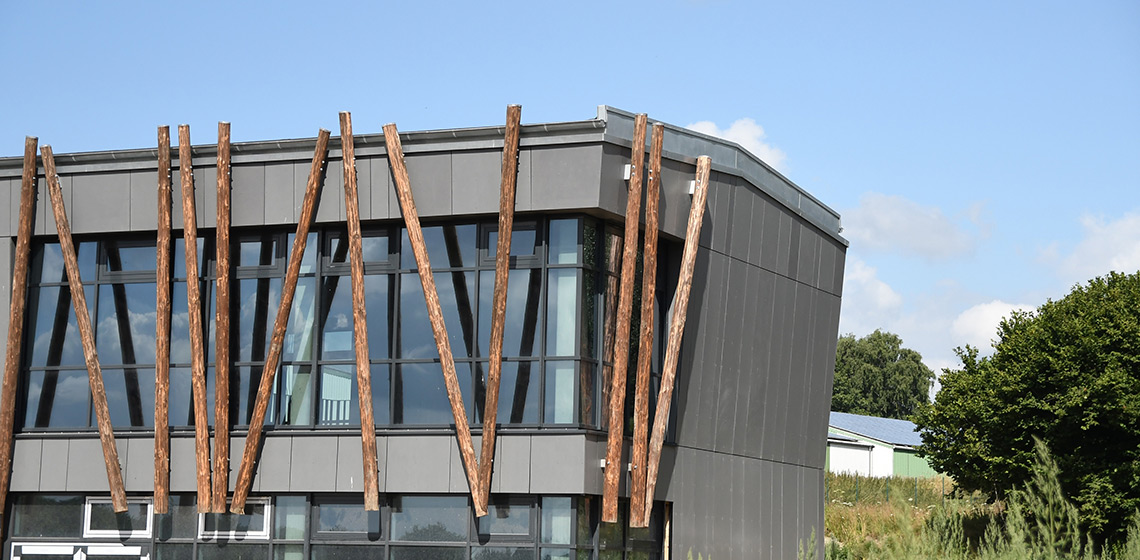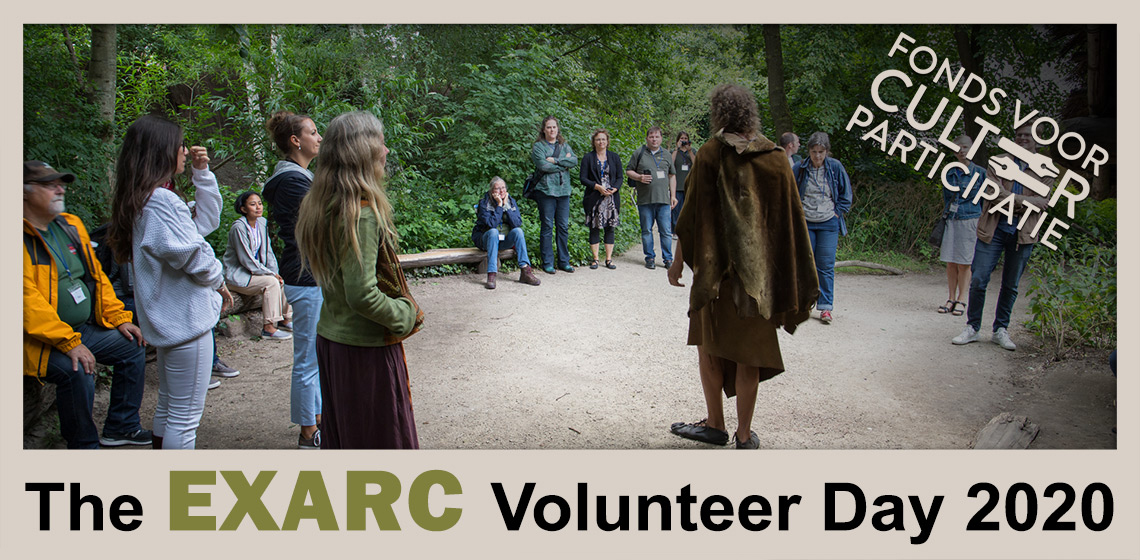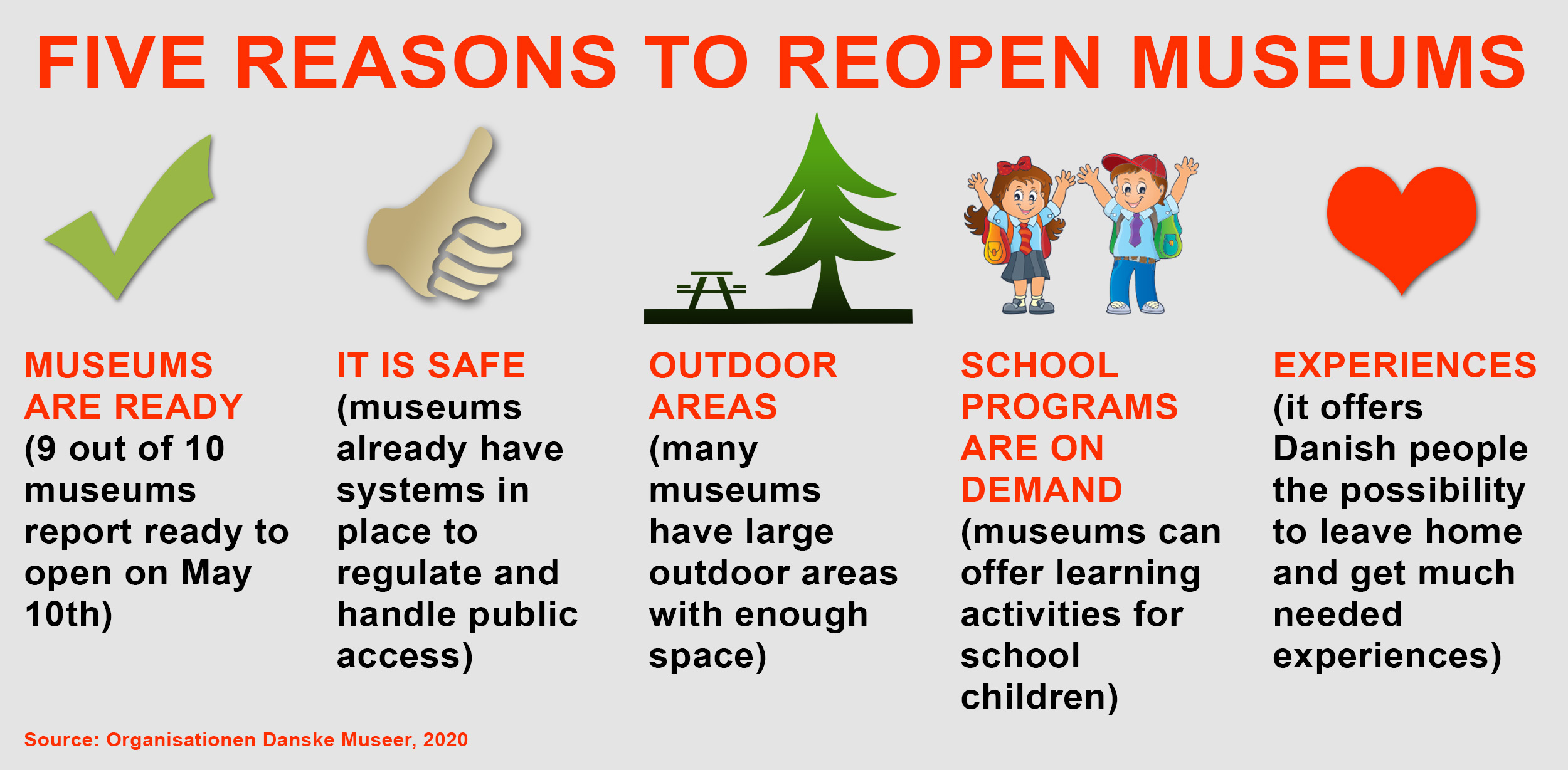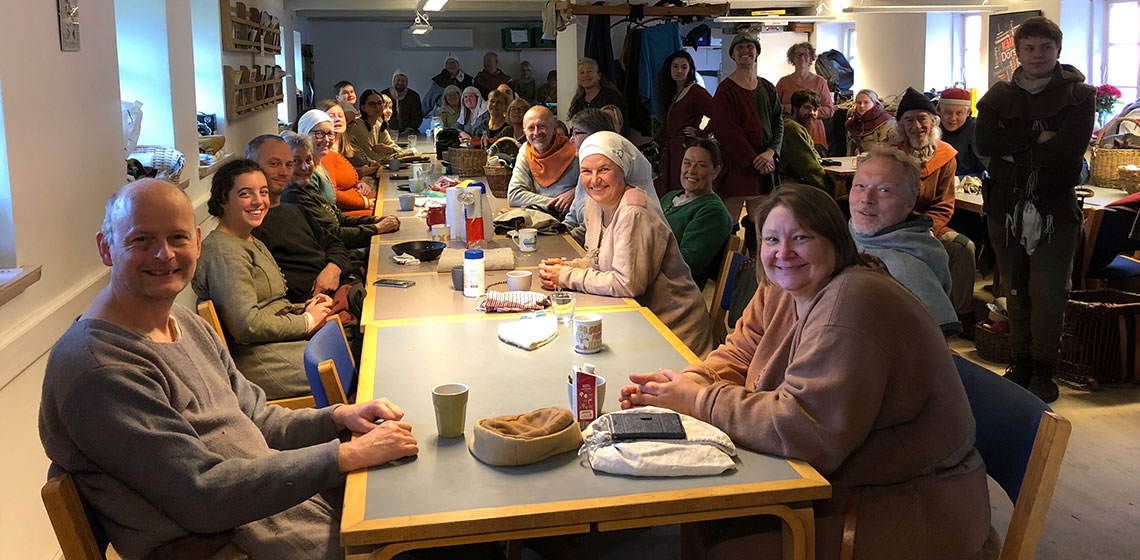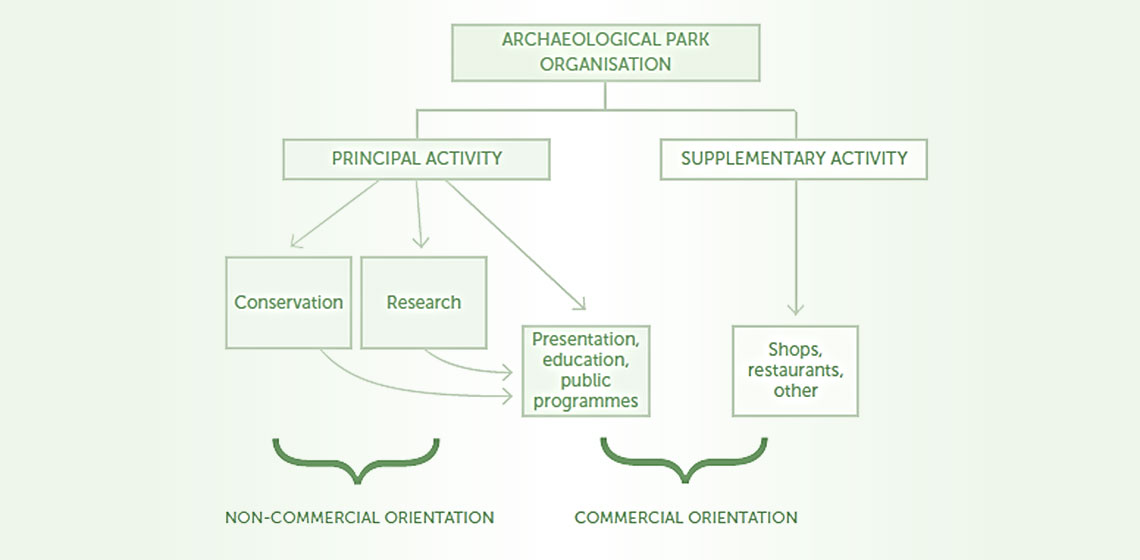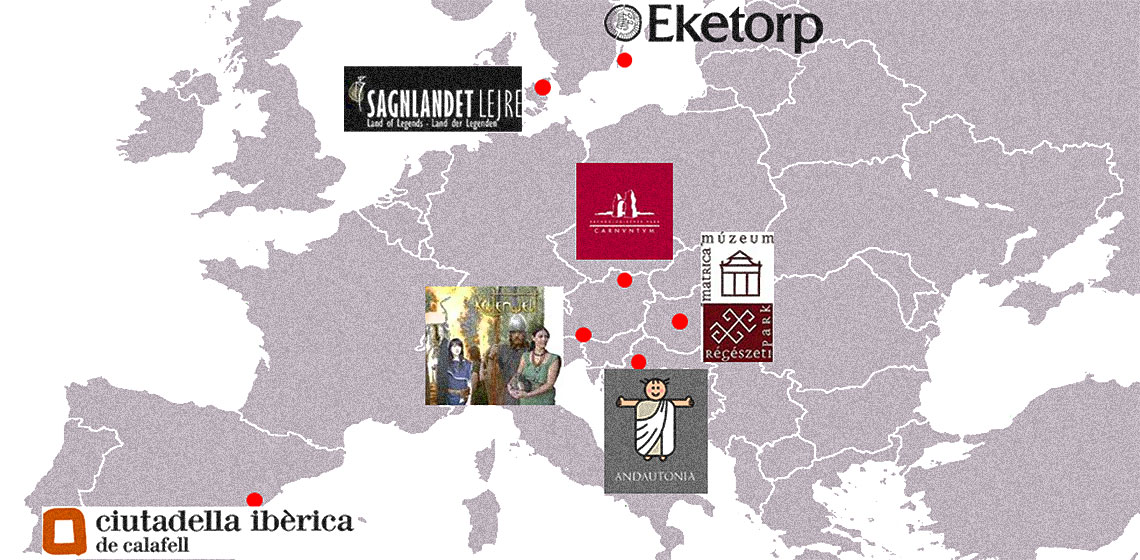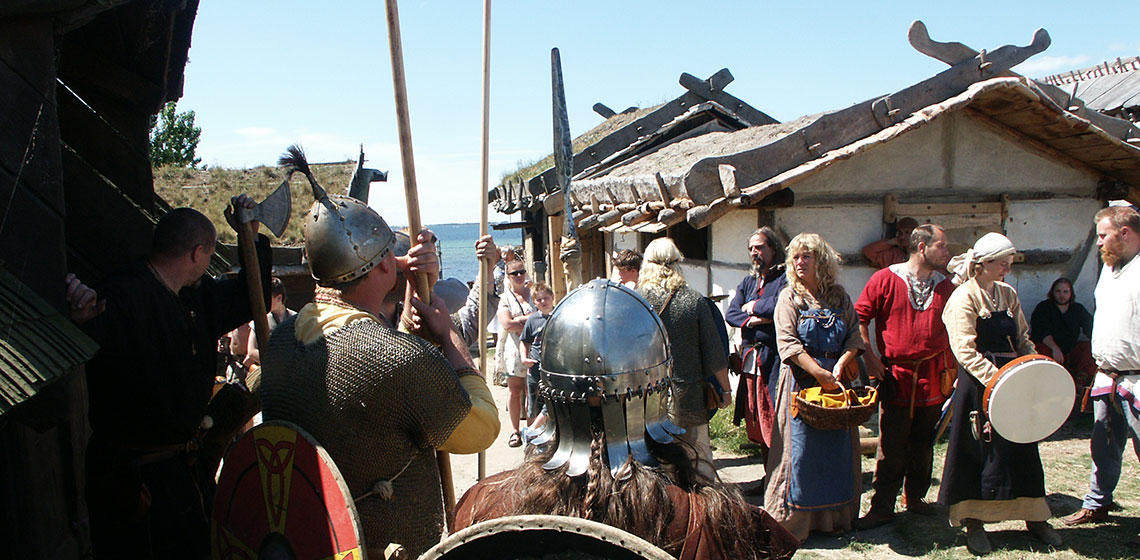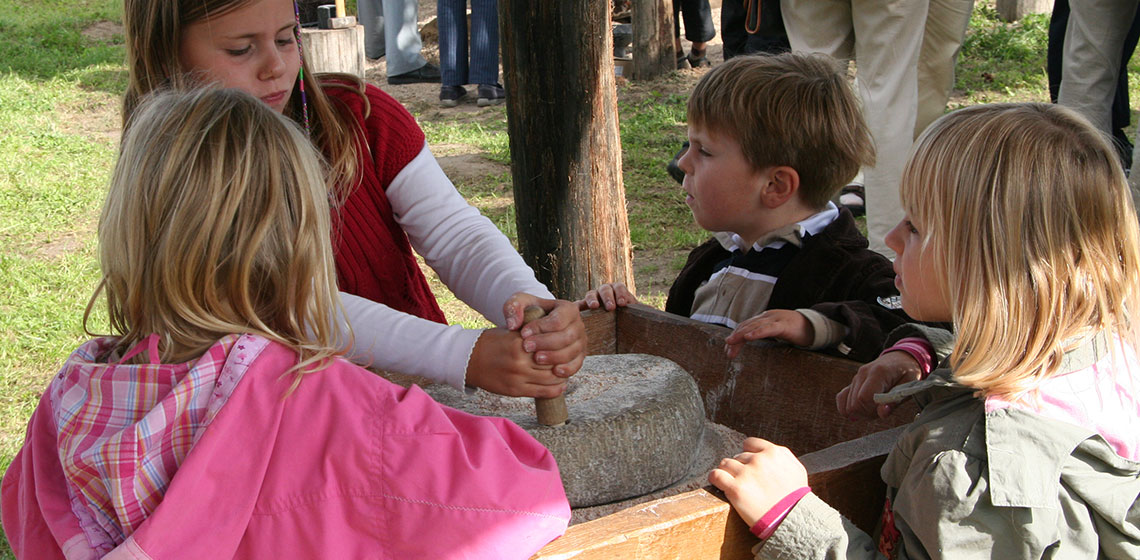management
Strategy of Presenting Prehistoric Sites Like an Open-air Stand. Why and How and from a Sustainable Development Perspective
Publication Date
Archaeological excavations have revealed important sites from the prehistoric sites, with the cultural achievements of the early lithic tools of hunters-gatherers in the Palaeolithic, to the emergence of the farmer-village societies in the Neolithic, reaching on to urbanisation and the complex societies of the Chalcolithic...
The Stone Age becomes Sustainable - Experiences from being an Educational Partner for Sustainable Development for more than 15 years
Publication Date
Since the year 2006 the Archaeological-Ecological Centre Albersdorf (AÖZA), Germany, has worked as an officially recognised partner for sustainable development on an institutional base for the Sustainable Development Goals of the UNO on a regional level. In this article the thematic background of the educational work in archaeology and ethnography will be ...
Review: EXARC Volunteer Day 2020
Publication Date
On June 30th 2020, EXARC hosted a Volunteer day for those based in the Netherlands at Archeon Museumpark. The main goals of this event were to connect with fellow volunteers on a face to face scenario, as well as revisiting and revising EXARC’s purpose and mission taking into account the changing world we live in...
Experience instead of Event: Changes in Open-Air Museums Post-Coronavirus
Publication Date
The year 2020 started out for museums as usual, with plans for new exhibitions, new buildings even, and above all many events and visitors. Soon we saw how wrong we were. Open-air museums who had prepared to open up for the season found out that COVID-19 meant they were sitting ducks: no visitors, no income, no life in the museum area. The situation will not return to 'normal'...
How to Make a Medieval Town Come Alive – the Use of Volunteers in Living History
Publication Date
2018 EXARC in Kernave
***For over 25 years The Medieval Centre/Middelaldercentret in Nykøbing F. Denmark has used volunteers to inhabit the reconstructed medieval town of Sundkøbing. To combine the use of volunteers and living history is not easy or something that happens spontaneously. It is hard work and requires patience, strength and firmness, but also...
***For over 25 years The Medieval Centre/Middelaldercentret in Nykøbing F. Denmark has used volunteers to inhabit the reconstructed medieval town of Sundkøbing. To combine the use of volunteers and living history is not easy or something that happens spontaneously. It is hard work and requires patience, strength and firmness, but also...
Build It and They Will Come: Managing Archaeological Open-Air Museums in Britain for Stability
Publication Date
Museums are among the most visited attractions in the UK (ALVA 2015), and with interactive displays and active engagement becoming more commonplace, this success can be capitalised on by archaeological open-air museums. Some European archaeological open-air museums entertain many visitors per year, although most are smaller institutions (Paardekooper 2012)...
The Influence of Spatial Structure on the Economic Value of an Archaeological Park
Publication Date
This article is a summary of a presentation held at the conference in Mistelbach in 2015, “Archaeological Reconstructions and Tourism”. The conference topic leads us to a more consistent approach to reconstructions and tourism. All who work in the heritage sector know that all types of museums have a great influence on the tourism sector...
Towards a Best Practise of Volunteer Use Within Archaeological Open-air Museums: an Overview with Recommendations for Future Sustainability and Growth
Publication Date
For many archaeological open-air museums (AOAMs), volunteers are an essential and highly visible component of an effective institution. Volunteers bring museums to life with meaningful interpretive contacts, and offer institutions the opportunity to broaden their mission and complete tasks that may not otherwise be possible...
Ways of Structuring and Organizing an Archaeological Open-Air Museum
Publication Date
In February 2014 Clara Imeyer, student of International Tourism Management at the Hochschule Bremen, Germany, completed her Bachelor thesis with the title Ways of Structuring and Organizing an Archaeological Open-Air Museum – Analysis of the Iron Age House Venne...

